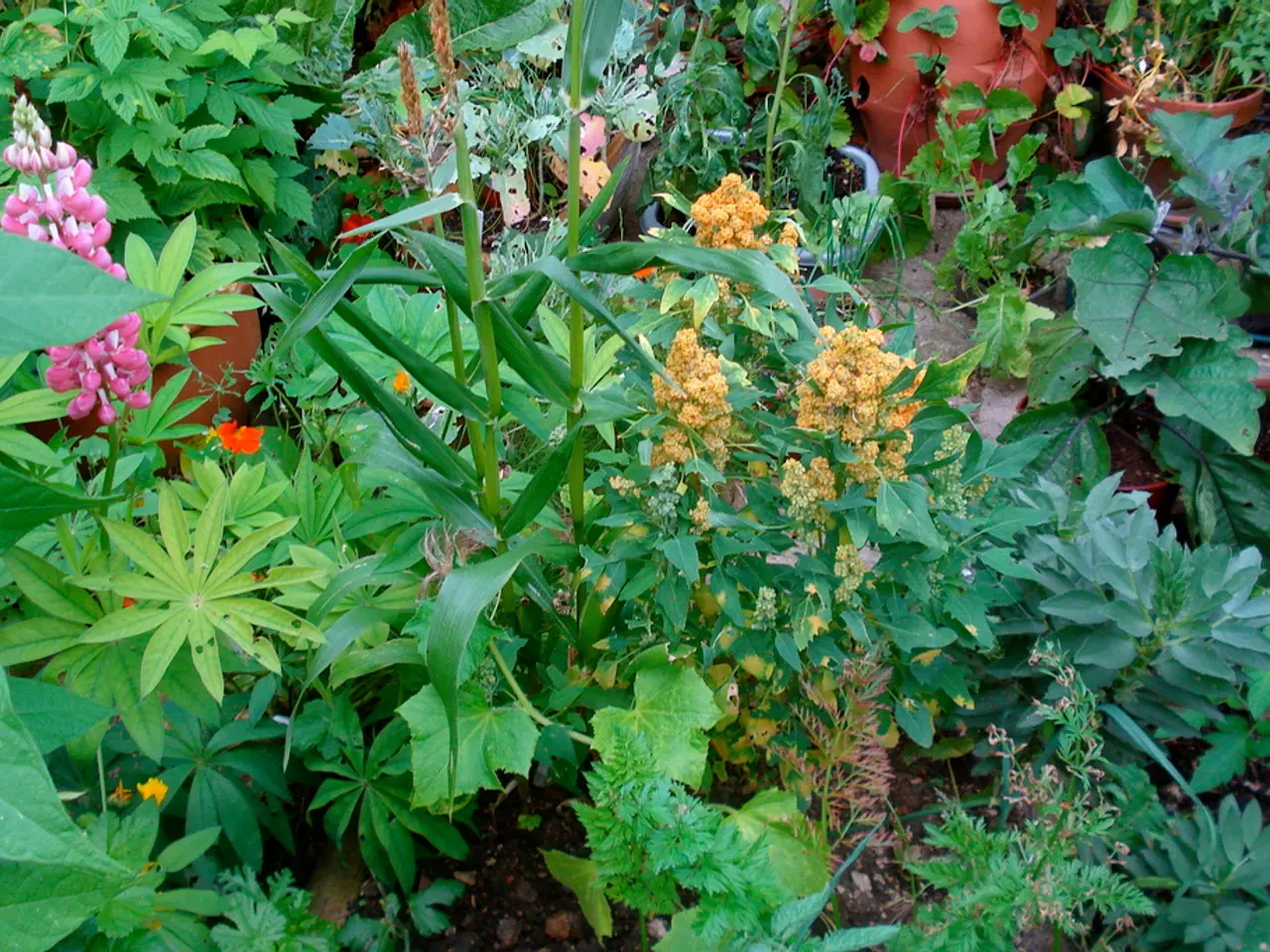Guide to Indoor Flower Seed Germination for Experts
Indoor seed starting is an effective way to cultivate a diverse range of flower species and cultivars, enhancing the aesthetic appeal of gardens and supporting biodiversity. By following a few key tips, you can ensure the successful growth of strong, healthy plants ready to thrive in your garden.
To begin, it's essential to understand your growing zone and timing. Start seeds indoors about 6 weeks before your last expected frost date to protect seedlings from cold and give them a head start.
Choosing quality seeds and containers is crucial for successful seed germination. Use high-quality seeds and seed-starting containers or trays designed for good drainage. A light, well-draining seed-starting mix helps seed germination, and expanding soil pellets can also be used by soaking in lukewarm water before planting seeds.
Providing consistent warmth and moisture is vital for seed germination. Keep soil moist but not soaking wet. Seeds generally need warmth around 65-75°F (18-24°C) for good germination. Avoid drying out or overwatering.
Seedlings need bright light for healthy growth once germinated. A sunny window or supplemental grow lights can be used. Place the setup in a warm location, ideally between 65-75°F (18-24°C).
Thin seedlings as needed, planting 4-5 seeds per spot to avoid gaps, then thin to healthiest seedlings once sprouted. Gradually acclimate indoor-grown seedlings to outdoor conditions before planting in the garden.
Starting seeds indoors offers several benefits. It allows for early intervention in case of pests or diseases, promoting strong root systems and healthy foliage for more resilient plants. It can also be cost-effective and efficient, as it reduces the need for frequent trips to garden centers and promotes successful transplantation.
Popular choices for indoor starting include petunias, marigolds, zinnias, and impatiens. Select flower seeds based on climate, available space, and personal preferences, considering factors like growing season, sunlight requirements, and seed viability.
High-quality seed-starting soil or potting mix is recommended. Use grow lights if natural sunlight is insufficient, positioning them 2-3 inches above the seedlings. When seedlings develop their first true leaves, thin out weaker plants and transplant the strongest ones into larger containers or outdoors.
Starting flower seeds indoors extends the growing season, allowing for earlier transplantation and a longer display period. Maintain consistent moisture by misting or watering gently. Cover containers with plastic wrap or a clear lid to retain humidity.
Indoor seed starting offers a controlled environment, minimizing the risk of seed failure due to adverse weather, pests, or diseases. Keep a gardening journal to track progress and learn for future seasons. Use seed-starting trays or pots with drainage holes, and clean and sterilize containers to prevent disease.
By following these steps, you'll be well on your way to growing a beautiful and diverse array of flowers in your garden. Happy gardening!
Embracing home-and-garden activities, such as indoors seed starting, can be a beneficial addition to your lifestyle, enabling you to cultivate a variety of flowers that flourish in a well-kept garden, thereby fostering biodiversity. When choosing flower seeds for your indoor seed starting venture, don't forget popular options like petunias, marigolds, zinnias, and impatiens.




